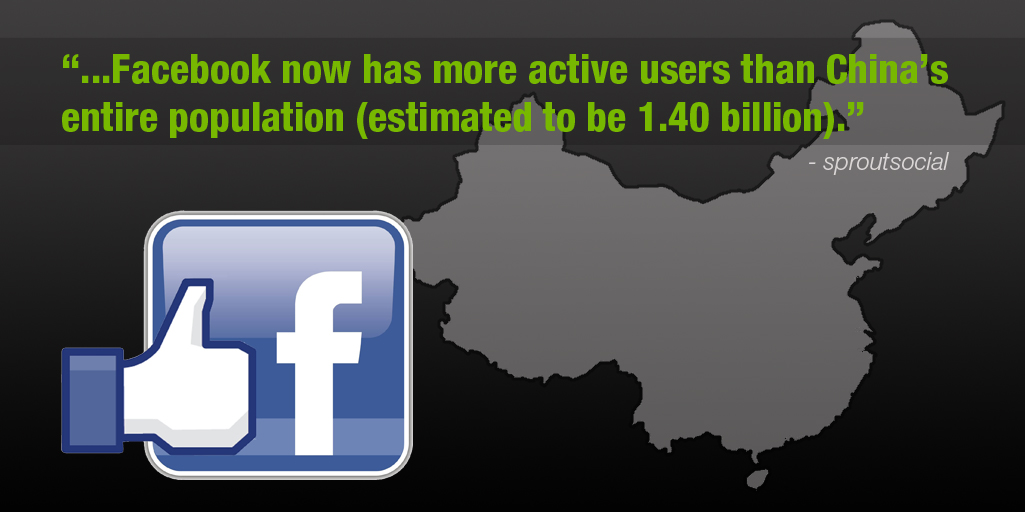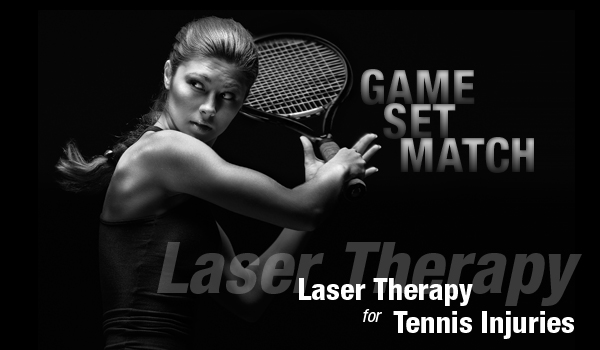Learn tips about Class IV laser therapy and other health related topics on the LightForce Therapy Lasers blog! Check back weekly for updated posts.
You may have heard the terms “Cold Laser” or “Low-Level Laser Therapy (LLLT)” before. In general, such terms refer to “treatment using irradiation with light of low power intensity so that the effects are a response to the light and not due to heat.”1 Many of the terms used to commonly describe this process do not ideally reflect the mechanisms of action involved. They also don’t adequately distinguish this type of therapy from the other laser-based therapies that rely on heating tissue to achieve an effect. This lack of clarity has led to significant confusion and a need for better nomenclature.
In September 2014, the North American Association for Light Therapy (NAALT) and the World Association for Laser Therapy (WALT) convened to discuss this issue, and as a result of their efforts, the term “Photobiomodulation Therapy” was added to the MeSH database. This term more accurately reflects the process and better distinguishes it “from the popular use of light-based devices for simple heating of tissues…or other applications of light energy that rely on thermal effects for all or part of their mechanism of action.”2

To learn more about the evolution of the term “Photobiomodulation Therapy”, please download this excerpt.
1. Ncbi.nlm.nih.gov. Low-Level Light Therapy – MeSH – NCBI. 2016. Available at: http://www.ncbi.nlm.nih.gov/mesh/?term=photobiomodulation. Accessed February 25, 2016.
2. Anders J, Lanzafame R, Arany P. Low-Level Light/Laser Therapy Versus Photobiomodulation Therapy. Photomedicine and Laser Surgery. 2015;33(4):183-184. doi:10.1089/pho.2015.9848.
Growing your practice can be difficult. There are many methods you can choose to employ, from placing local advertisements to building a website. Many clinicians end up using multiple marketing tactics to attract new patients, but one thing every practice can and should do is dedicate time to increasing their patient referrals. This is an easy and inexpensive way to build practice awareness – and one that keeps on providing long after your initial investment.
Here are 3 simple ways to increase your patient referrals and get the patient base you want:
1. Get Social
Social media is an incredibly powerful and inexpensive way to promote your practice and increase your referrals. If you only have time to manage a single social media platform, go with Facebook – it’s easy to set up a page for your practice, and most office staff should be familiar enough with Facebook to put up daily posts for you.

To really leverage Facebook to start increasing patient referrals, make sure you tell anyone and everyone who comes into your office to like your page. Most importantly, identify your 10 best AND social-savvy patients (the ones who are your loudest digital cheerleaders!) and ask them to like your Facebook page. You may also ask them to recommend your practice page on their own pages, if you think they would be willing to. This will help extend your promotional reach beyond your current patients and allow you, and your cheerleaders, to bring in new patients.
2. Implement a New Technology
When people hear about a technology that shows promise for treating a difficult condition, they are likely to seek out someone who offers it. Get good results treating a handful of patients with the technology, and word is sure to spread.
A therapy laser is one example of a technology addition that can get you results and referrals – fast. Look for a laser with higher power ranges (15-25 watts) to give yourself the flexibility to treat more areas in less time. If your laser doesn’t get results, then it won’t bring in the referrals.
Tip: Take videos of satisfied patients to share on social media (with their permission of course).
3. Get Out in the Community
Since so much of the marketing we now do is digital, it is easy to forget about the power of personal, face-to-face marketing. Attending local events and interacting with niche clubs and organizations is another great way to get your name out into the community and into people’s conversations.
Are you looking to attract a specific group of patients – like athletes? Do some research and find relevant local clubs that would be willing to have you give a short lecture on a topic of interest to them. For instance, if there is a local running club, you could put together a short presentation about running injuries (and how your new technology can treat them!). When someone from the group needs to find a physician, you are a lot more likely to be considered when you have taken time to build a relationship with the group.
When you start fostering relationships with people, whether it’s through social media or local events, you are building a strong foundation for a referral network. When you add a new, effective technology on top of that base, you’re building a structure to support continued referrals. The goal should be to have your referrals building on themselves, so you can spend less time marketing and focus on doing what you do best – helping people get better and back to doing what they love!
Guest Blog by Perry Nickelston DC, NKT, FMS, SFMA
Tennis is fun and exciting to play, but the potential for injury is high. In the thick of a good game, it’s easy to push harder, faster, stronger, longer and get hurt. There are a few tennis-related injuries that tend to arise more often than others, and they can be difficult to treat both quickly and comprehensively. Sometimes, these injuries require a different treatment approach – more than certain traditional treatment options, injections or medications can individually offer. Deep tissue laser therapy is one way to rapidly reduce pain and inflammation and get athletes back out on the court and playing the game they love.

Sprained Ankle:
Constant acceleration and deceleration in multiple planes of motion leads to inversion sprains of the ankle. The inability to decelerate is one of the highest risk factors for injury in sports. Mix that inability with high intensity play, forceful swings, and multiple matches, and injury is a high probability.
The choice of shoes makes a difference too. The traction provided by different shoes can affect movement unexpectedly, usually at the expense of an ankle. A twisted ankle causes damage to ligaments and other soft tissues around the ankle, which then causes bleeding within the tissues and swelling that can be extremely painful.
Laser therapy protocol for a sprained ankle:
Balance of the muscles that control the ankle joint is critical. If there is inhibition or weakness, the ankle is prone to injury. When applying laser, make sure to cover the following inversion and eversion muscles for best results: the tibialis anterior, tibialis posterior and fibularis.
Acute Case: For acute instances with bleeding, wait until bleeding subsides before applying laser. Once bleeding has subsided, apply laser twice daily if possible, but at least once per day. Use low dosage and low power (5-6 J/cm2 at 5-6 W) for an approximate total of 1,000 J over the ankle. Then laser the calf with higher dose and power (6-7 J/cm2 at 9-10 W) to deliver about 5,000 J to that area.
Subacute Case: Treat daily or every other day. Deliver a higher dose but use a lower power (7-8 J/cm2 at 6-7 W), for an approximate total of 1,500 J over the ankle. Then treat the calf and foot with a higher dose and power (6-7 J/cm2 at 9-10 W) to again deliver around 5,000 J to that area.
Tennis Elbow
Otherwise known as lateral epicondylitis, this is a very common injury consisting of pain in the outside of the elbow. Tennis elbow is an inflammation of the muscles and tendons in the forearm where they attach to the humerus bone. The pain is exacerbated by gripping activities, and in some cases simple things like turning a door handle can cause intense pain. Extending the wrist backwards can also be difficult and painful. Because of forceful swinging of the racket, any weakness or tightness in the upper body can lead to overuse of the arm to generate power. Weakness is often found in the latissimus dorsi, while tightness is found in the thoracolumbar fascia and opposite side gluteus maximus.
Laser therapy protocol for tennis elbow:
Click here to download a study looking at the effectiveness of laser therapy for epicondylitis.
Acute Case: Treat entire area, from elbow to hand, daily. When treating directly over the elbow, use low dosage and low power (5-6 J/cm2 at 5-6 W) for a total between 600-700 J. Then, using the same dosage, increase power (10-12 W) and laser the forearm to fingers and upper arm to shoulder, delivering a total of 2,000 J below the elbow and 2,000 J above the elbow.
Chronic Case: Treat entire area, from elbow to hand, every other day. For the elbow, use a higher dose and a higher power than used when acute (8-10 J/cm2 at 8-10 W) for a total of 1,000 J. Then increase power again and deliver 2,000 J above the elbow and 2,000 J below the elbow.
In addition to treating the immediate and directly surrounding sites of pain, you may want to consider treating the thoracolumbar fascia, latissimus, and cervical spine. Increase the power to the maximum available on your laser (preferably 15 W or above) and treat the thoracolumbar fascia and latissimus of the painful arm using a dose of 8-10 J/cm2 (6,000 J total combined dose) with open cone or massage ball. Then, reduce dosage and power (5-6 J/cm2 at 7-8 W) and deliver 1,000 J directly to the nerve root of the cervical spine.
Shoulder Pain
Swing something often enough and the shoulder is probably going to start hurting – even if it’s a lightweight racquet. Frequent overuse of the rotator cuff muscles can cause the bursa to become impinged, leading to impingement syndrome and bursitis. Tennis players who develop this often experience pain anytime the arm is raised and even when simply sleeping at night. Sharp pain with episodes of deep aching is common.
Overuse of the anterior chain muscles is also common in overhead athletes (pectoralis major/minor, anterior deltoid, bicep, and coracobrachialis are a few). It is not uncommon for the bicep tendon to pop out of the bicipital groove in the humerus, causing anterior shoulder pain and inflammation. Weakness in the latissismus dorsi, middle trapezius, and abdominals will also lead to overuse of other muscles in the swinging pattern.
Laser therapy protocol for shoulder pain:
To achieve the best outcomes, combine the laser therapy treatments with rehabilitation exercises, using laser therapy prior to exercise.
Acute Case: Treat daily directly over the painful area (7-8 J/cm2 at 7-8 W) and deliver a total of roughly 1,800 J.
Subacute Case: Treat directly over the painful area daily or every other (8-10 J/cm2 at 8-9 W) and deliver a rough total of 2,000 J.
Chronic Case: Treat directly over the painful area every other day (10-12 J/cm2 at 10-12 W) and deliver a rough total of 2,500 J.
In addition to treating the immediate site of pain, you should consider treating a couple additional areas (especially when the condition is subacute or chronic). Treat the cervical spine nerve root at C5-C6 (5-6 J/cm2 at 7-8 W) to deliver about 600 J. Then, increase laser to full power available on your unit (preferably 15 W or above) and treat the pectorals, humerus, mid back, latissimus and thoracolumbar fascia with a dose of 8-10 J/cm2 for a total delivery of 600 J per area.



